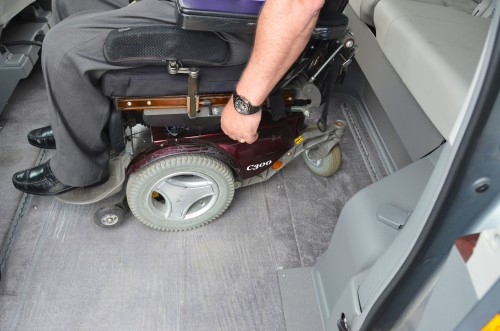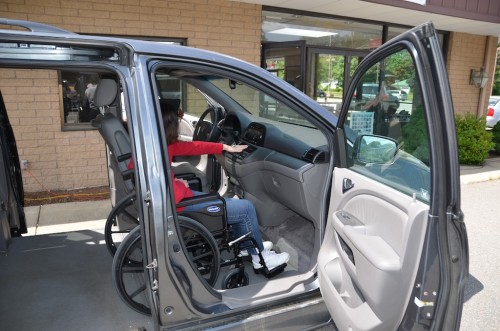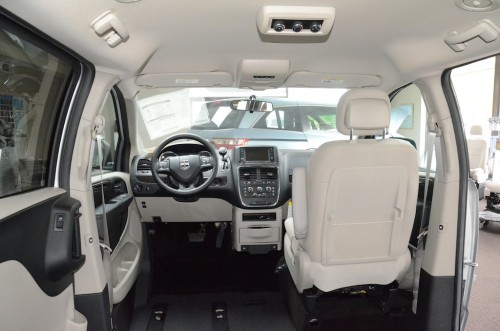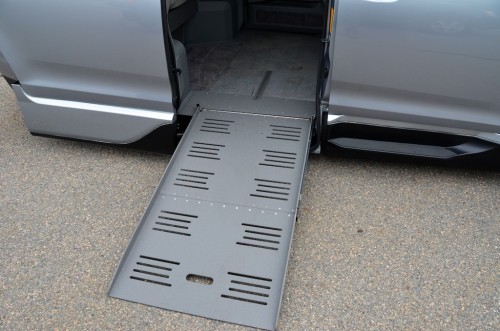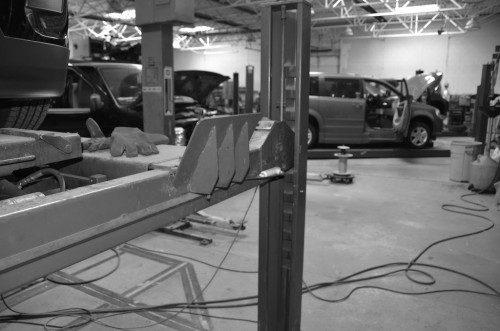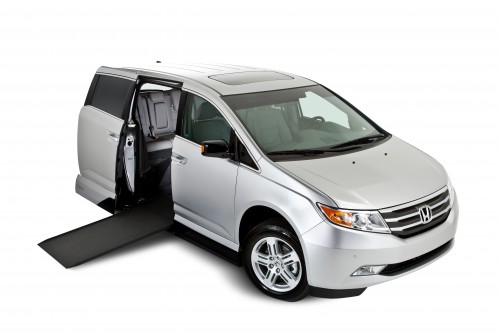These days, there is a wide variety of conversion options available for mobility-challenged drivers and passengers who seek to upgrade their vehicles. If you’re new to the world of mobility conversions, stepping into a dealership can be an overwhelming experience. However, by doing the proper research, you can acquire the knowledge necessary to shop with confidence.
Below are 5 points to keep in mind when shopping for conversion upgrades and conversion vehicles.
- Know your options.Thankfully, you have many alternatives from which to choose when it comes to mobility upgrades. You could install a scooter lift on your vehicle that lifts your scooter or chair and puts it in the trunk. You could install seats that articulate and lift the driver into and out of the vehicle. And of course, you could also opt to convert your vehicle with a ramp for wheelchair access. Which upgrade is best for you? The answer will depend largely upon just how mobile you are.
- Tap your dealer’s expertise.An informed mobility dealer can help you make sense of the various choices available to you, and can guide you toward the upgrade that best suits your needs. Maybe the most important thing is to have a local mobility dealership who understands your disability, The dealer can help you decide whether to go for a scooter lift, articulating seat or a full van conversion.
- Choose an accredited dealer.Mobility dealers differ from regular car dealers in that they need to have 24-hour, 7-day-a-week service capability; if your conversion vehicle has a breakdown, your dealer is expected to be on call to help you address the problem. The dealer’s mechanics are also expected to have training that meets certain standards. The National Mobility Equipment Dealers Association (NMEDA) is an organization dedicated to advocating for the provision of safe, reliable modifications in the conversion market. NMEDA offers a Quality Assurance Program (QAP) that’s the only nationally recognized accreditation program for the adaptive mobility industry. Dealers who participate in the QAP must meet high standards regarding the services that they provide. Notes Gutwein: “If it’s not a QAP dealer, it’s a crap shoot.”
- Know the value of experience.The industry has a lot of people who do customized conversions. You want to avoid a regular new or used car dealership or someone with a garage shop whose work in this segment is limited to three or four conversions a year; it’s very important to choose a dealer who has a history and track record of performance. Look at the number of vans they’ve converted. How big is the company? Do they have customer satisfaction information? Is there data that shows that customers who’ve bought from them are happy with the product?
- Get the right fit.If you’re looking at potential conversion vehicles, one of the most important things to consider is the fit. Is the vehicle big enough, given your chair and your size, for you to easily enter and move around in? Also, is it big enough to accommodate the number of passengers that you typically carry?

